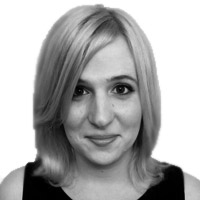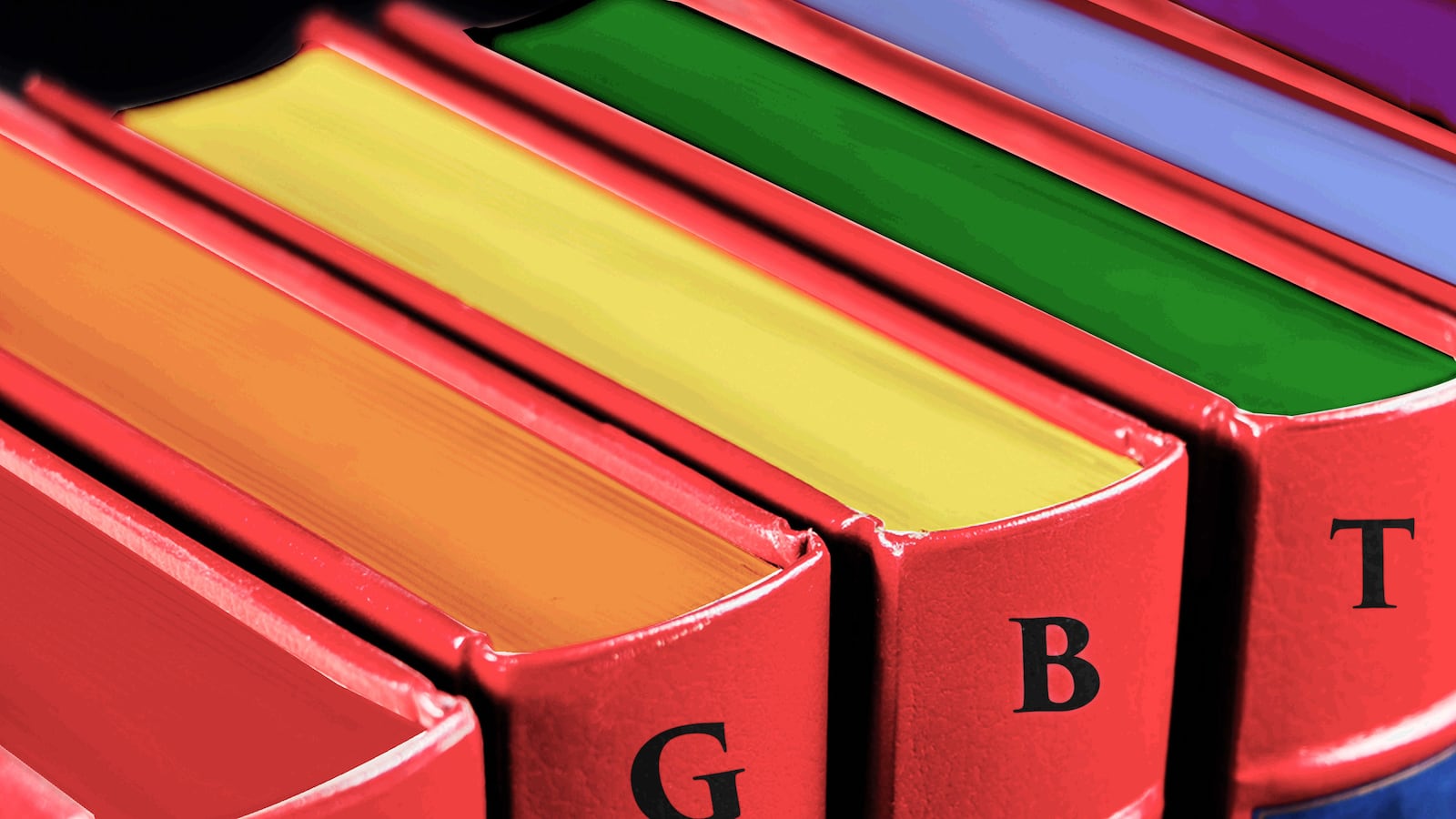If you think there are too many letters in the ever-expanding LGBTQIA acronym, wait until you see how many pages there are in the LGBT encyclopedia.
When I received a press release about the three-volume SAGE Encyclopedia of LGBTQ Studies receiving some sort of reference title accolade from Library Journal, I asked the representative to send me the entire damn encyclopedia instead.
After a couple days—it didn’t seem like a lot of other journalists had made this request—he was finally able to grant me access to a digital copy. And then I spent three days digging through the 1500-page encyclopedia, trying to find topics I hadn’t already covered during my time as an LGBT reporter.
I learned two things: We know so much already about the LGBT community. But there’s even more that we don’t know. And with LGBT-related questions being left out of the 2020 census—and the Trump administration axing similar questions from a federal survey for the elderly—it’s going to be challenging to fill in those gaps.
The good news is that, even after almost a decade of studying and writing about LGBT issues, I was surprised by what I found in the Encyclopedia of LGBTQ Studies.
Did you know that there’s a term for “gaydar” in Spanish, French, Dutch, German, Portuguese, Hebrew, Russian, and Korean? I didn’t. And apparently research in the behavioral sciences “has confirmed that gaydar exists,” working with “above-chance accuracy” even when test subjects are “shown only small portions of [people’s] faces.”
Other entries conclusively bust old myths that still circulate today. For example, the idea that some transgender women are just straight men with a sexual fetish for the thought of being women—which emerged in the nineties but is still popular in the conservative press today—is summarily dismissed with the note that “subsequent research has found little empirical basis for such a classification.”
Ditto the “myth of the older gay man in the 1970s as lonely, single, and desperately seeking sexual encounters with younger men in bars or bathhouses,” which the encyclopedia notes “has been dispelled in a series of research studies” showing that older gay men “tend to have sex with men close to their own age” and form long-term relationships.
But most of the new facts I learned were much less gratifying to read. I discovered, for instance, that the Don’t Ask, Don’t Tell policy—no longer in effect in the military as of 2011—is still de facto in effect for adoption agencies that make international placements.
Because the United States and South Africa are the only two sending countries in the world with “adoption laws or policies that support the placement of children with nonheterosexual people,” adoption agencies face the “significant ethical dilemma” of wanting to make international placements in good homes without violating the birth countries’ laws.
This forces lesbian, gay, and bisexual people looking to adopt internationally to “return to the closet” for the duration of the process.
And then I stumbled across something I had never even considered before: the potential effects of dementia on transgender elders. Because it wipes away memories, “dementia, and its latent forgetting, has the potential to undermine the transition process and obfuscate the person’s true identity.” In other words, some transgender elders might not remember their transition, which can be jarring for “service providers” who have always known them as their authentic selves.
By the end of three days with the volume—my eyeballs sore from scanning the digital pages—it was clear that I have only scratched the surface of the LGBT community.
As encyclopedia editor and Clark University psychology professor Abbie Goldberg noted, the set is “a testament to both scholarly and public interest in the filed of [LGBTQ] studies, as well as to the vast array of research being conducted on LGBTQ lives, relationships, and communities.” But vast as it may be, it is not nearly vast enough.
The problems facing LGBT elders—like social isolation, depression, and a lack of acceptance in senior care facilities—are dire, especially as more Baby Boomers reach retirement age. For instance, as the encyclopedia notes, “Options for low-cost, LGBTQ-friendly, public elder housing are virtually nonexistent.” But at the same time, “LGBTQ older adults are rarely considered in aging or health research.” And without that crucial data, it can be harder to make the case for programs and initiatives designed to help aging LGBT people.
In a boon to researchers, the Department of Health and Human Services added LGBT-related questions to the National Survey of Older Americans Act Participants in 2014 but, as NBC Out reported in March, they were missing from a newly-released draft of that survey. The LGBT elders organization SAGE subsequently accused the Trump administration of “erasing LGBT elders.”
And as The Daily Beast has previously reported, researchers still have to make informed guesses about the size of the LGBT population. The Williams Institute at the University of California has produced estimates—and Gallup has chimed in with an estimate of 10 million Americans, or four percent of the population—but adding LGBT-related questions to the census would give us a much clearer picture. Unfortunately, they will not appear on the 2020 census. And as it stands, researchers have to use strange workarounds to collect data from federal surveys.
“For example,” one encyclopedia entry on the size of the LGBT population notes, “the U.S. Census data on same-sex unmarried partners are derived as a byproduct of a variable that was developed to measure cohabitation.”
So many other entries expose the unfortunate limits of our knowledge about LGBT people. Transgender military service has sparked heated debate. How many transgender people are in the military? “The prevalence of transgender persons serving in the military is currently unknown.” Bisexual people have been estimated to constitute a slight majority of the overall LGBT community. What happens to them as they age? “[T]here is hardly any empirical research looking specifically at the experiences of older bisexual people.”
More often than I would have liked, I ran up against these roadblocks as I tried to sate my curiosity. I counted about 40 instances alone of the phrase “little research.”
Filling in these gaps could have powerful consequences. We have seen the impact of LGBT research before. As Goldberg notes in the introduction to the encyclopedia, “Researchers from numerous disciplines have turned to, or intensified their focus on, LGBTQ issues; this research, in turn, has been used to inform key political and legislative decisions, such as the recent U.S. marriage equality decision.”
Research on LGBT people ends up being cited in Supreme Court decisions and amicus briefs, in legislation and floor debates, in grant proposals and board room meetings. And it’s not that there aren’t scholars and scientists eagerly awaiting the opportunity to create new and necessary knowledge about LGBT people.
Securing funding for studies can be a major hurdle. As a 2014 University of Pittsburgh study found, one half of one percent of National Institute of Health-funded studies between 1989 and 2011 looked at LGBT health issues. That is dramatically out of proportion with Gallup’s estimate that four percent of Americans are LGBT.
It might seem strange to say that I came away from a 1,500-page LGBT encyclopedia wanting to know more. But 1,500 pages is not nearly enough.




